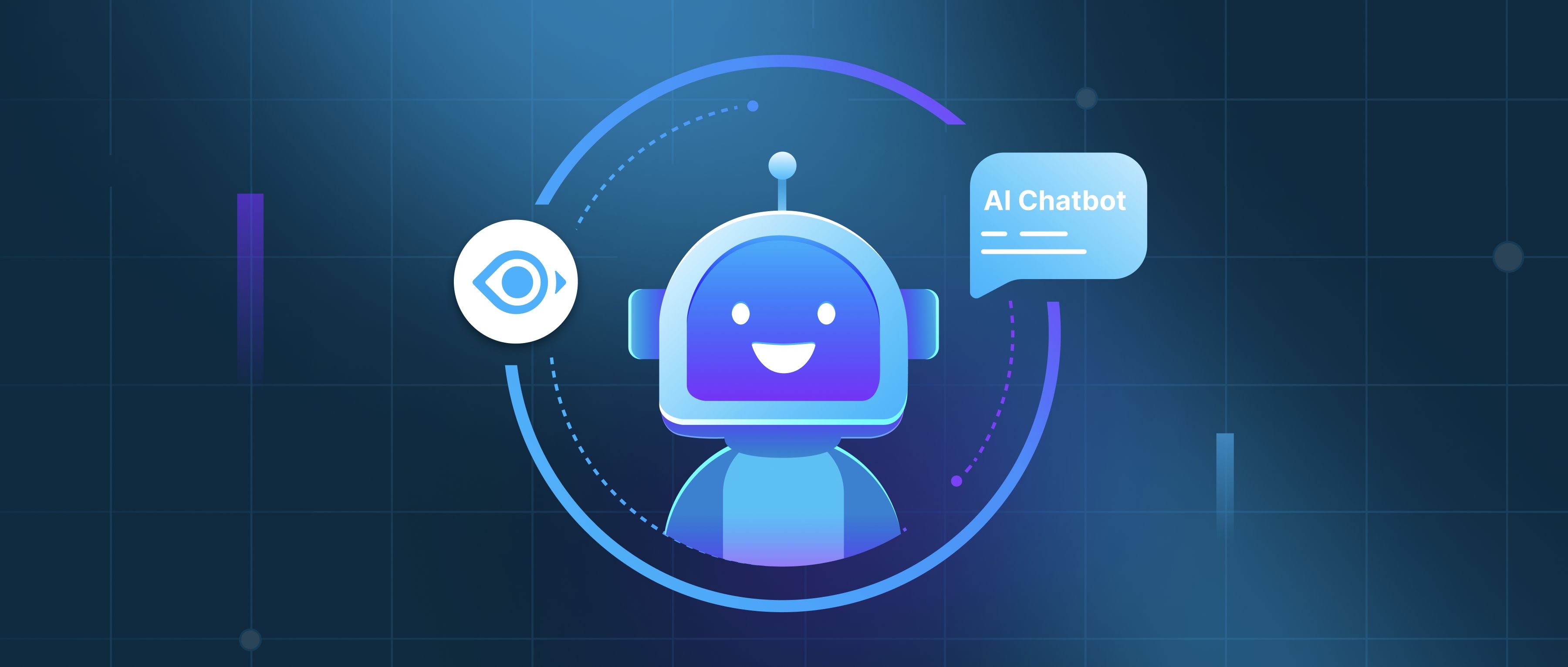Computer vision offers a range of advantages, but it also comes with challenges. One of the key pros is its ability to automate tasks that would otherwise be time-consuming and error-prone. For instance, in industries like healthcare, computer vision can help in detecting diseases from medical images, such as X-rays or MRIs, reducing human error and speeding up diagnosis. Similarly, in manufacturing, vision systems can be used for quality control, ensuring precision and reducing defects. Another benefit is its ability to process vast amounts of data quickly and efficiently. Deep learning-based computer vision models can analyze images and videos at a scale that would be impossible for humans to match. However, there are also cons associated with computer vision. The primary challenge lies in its complexity. Developing robust computer vision systems often requires large datasets and substantial computational resources, which can be expensive and time-consuming. Additionally, computer vision models can be vulnerable to changes in the environment. For example, changes in lighting, camera angle, or background can reduce the accuracy of a vision system, especially in real-time applications. Moreover, there are concerns about privacy and ethics when using computer vision for surveillance or biometric identification. Finally, while computer vision has made great strides, it still struggles with tasks that require high-level understanding, such as interpreting the context of scenes or recognizing abstract concepts.
What are the pros and cons of computer vision?

- Natural Language Processing (NLP) Basics
- Accelerated Vector Search
- Embedding 101
- The Definitive Guide to Building RAG Apps with LangChain
- Natural Language Processing (NLP) Advanced Guide
- All learn series →
Recommended AI Learn Series
VectorDB for GenAI Apps
Zilliz Cloud is a managed vector database perfect for building GenAI applications.
Try Zilliz Cloud for FreeKeep Reading
How does PaaS handle multi-language support?
Platform as a Service (PaaS) handles multi-language support by providing environments and tools that accommodate various
How does benchmarking compare columnar and row-based storage?
Benchmarking comparisons between columnar and row-based storage highlight key differences that impact performance and us
How does diversity benefit recommender systems?
Diversity in recommender systems significantly enhances user experience by introducing a wider range of options, which c